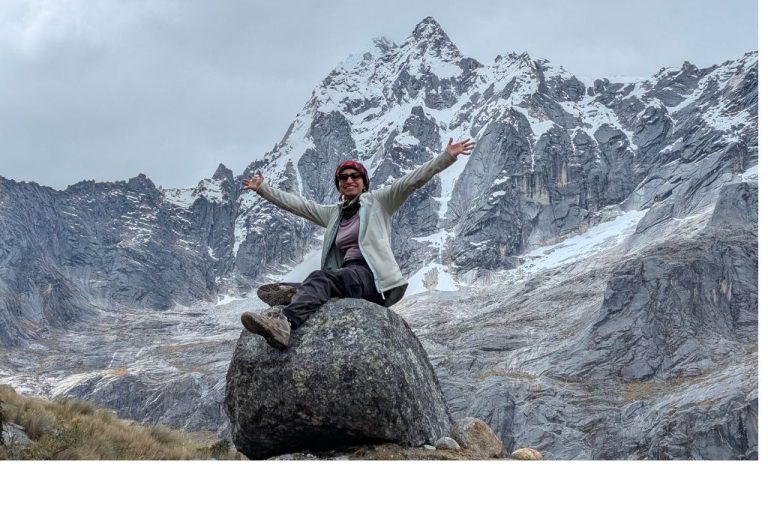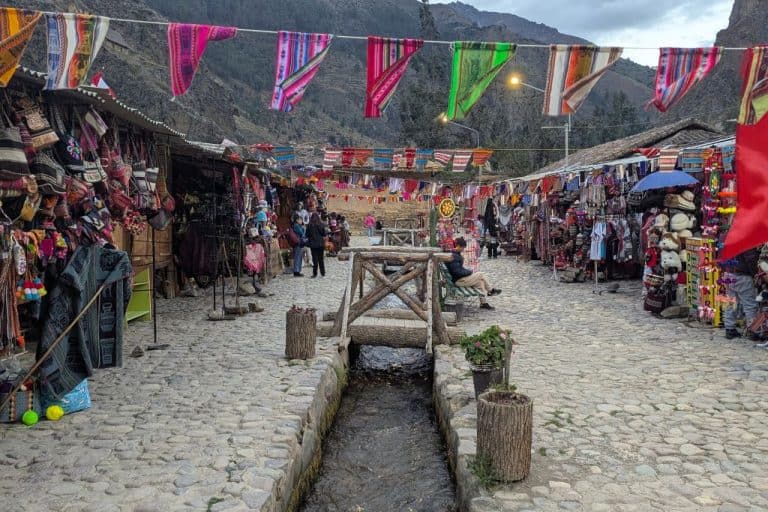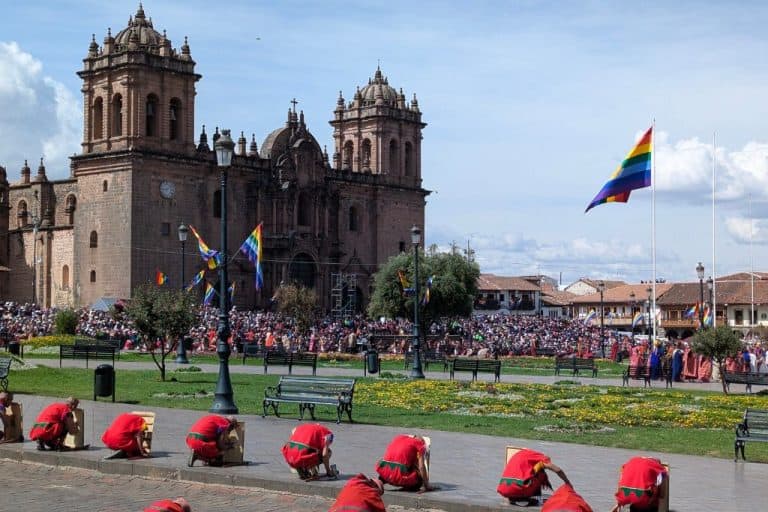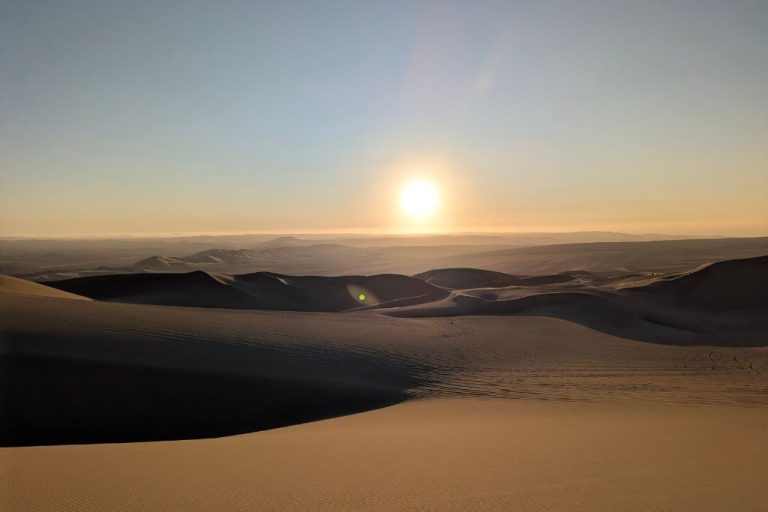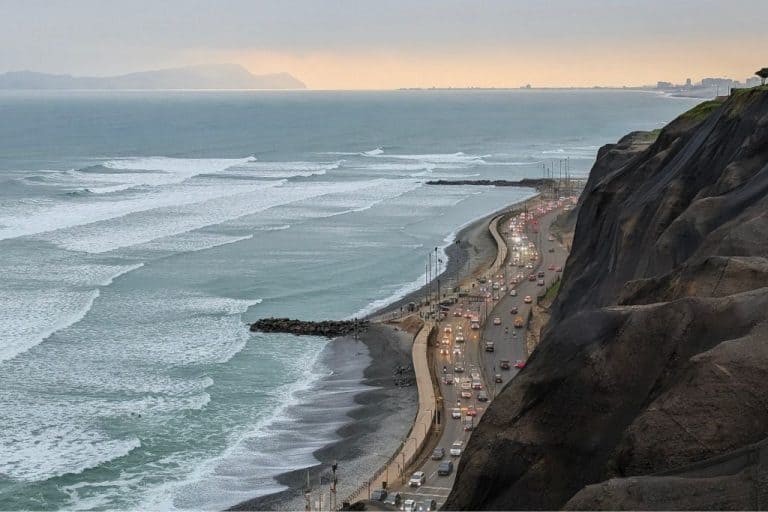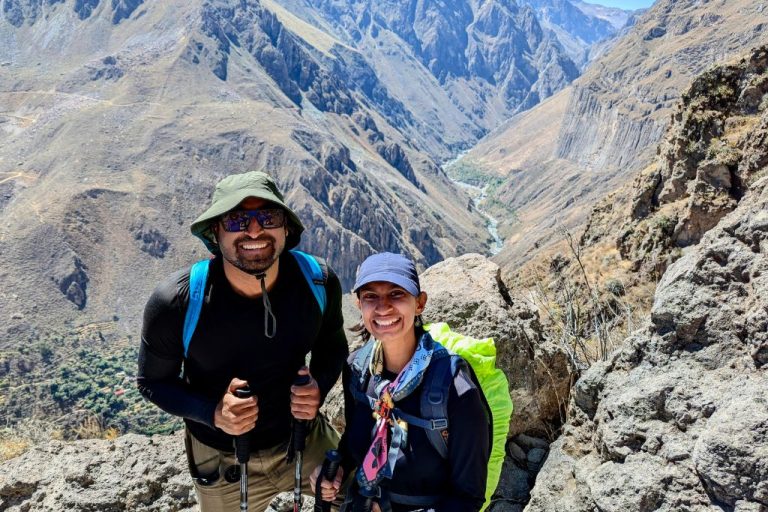One Month In Cusco: Exploring Cusco Like A Local
One Month In Cusco!?
Everyone gets shocked when we say we spent one month in Cusco. Most travelers rush through Cusco in a few days before heading to Machu Picchu. We decided to slow down – and ended up staying an entire month. By the end of the month we did feel like a local in Cusco!
Between our daily work schedule, weekends exploring ruins, and taking the crowded buses into town, Cusco slowly revealed itself in layers. Beyond the cobblestone streets and tourist crowds, there’s a city full of story, culture, and energy.
In this blog, I’ll share where we stayed, how we got around the city, and the amazing sites we explored in Cusco using the general tourist ticket. I’ll also cover one of the most important aspects of visiting high-altitude Peru – managing altitude sickness.
Arriving In Cusco
Cusco was our first stop in Peru. Before coming to Cusco, we had spent three months traveling across Bolivia. We had spent a month in La Paz and a few days in Copacabana before we arrived in Cusco with Bolivia Hop’s night bus. Since we were coming from a high altitude, we were already acclimatized to Cusco’s altitude.
To give an altitude comparison, Cusco sits at an altitude of 3,399 meters (11,152 feet) and La Paz sits at 3,640 meters (11,942 feet), though areas like El Alto in La Paz are at a higher altitude of 4,100 meters (13,450 feet). Therefore, we were actually coming to a lower altitude in Cusco.
If you are coming directly from sea level, your body might need at least 2-3 days to acclimatize. For us, coca leaves has been a quiet companion throughout our time in the Andes, whether as tea in the morning or just a few leaves to chew on before any activity. It has always been our go-to to prevent altitude sickness and has worked wonders! I will talk about altitude sickness management below, so keep reading!
First Stop: The Mercado de Ttio
Whenever we arrive in a new place, our first stop is never a museum or tourist spot – it’s always the local market. That’s where you really get a sense of how people live. The Mercado de Ttio instantly became our go-to. Between the scent of herbs and cooked food, and piles of colorful produce, it was easy to feel connected.
Our first meal in Cusco was a comforting chifa (Peruvian-Chinese stir-fry) for 7 soles, and the señor behind the counter served it with a complimentary chicha morada – a refreshing purple corn drink, sweet and spiced. That little gesture felt like a warm “welcome to Cusco”.
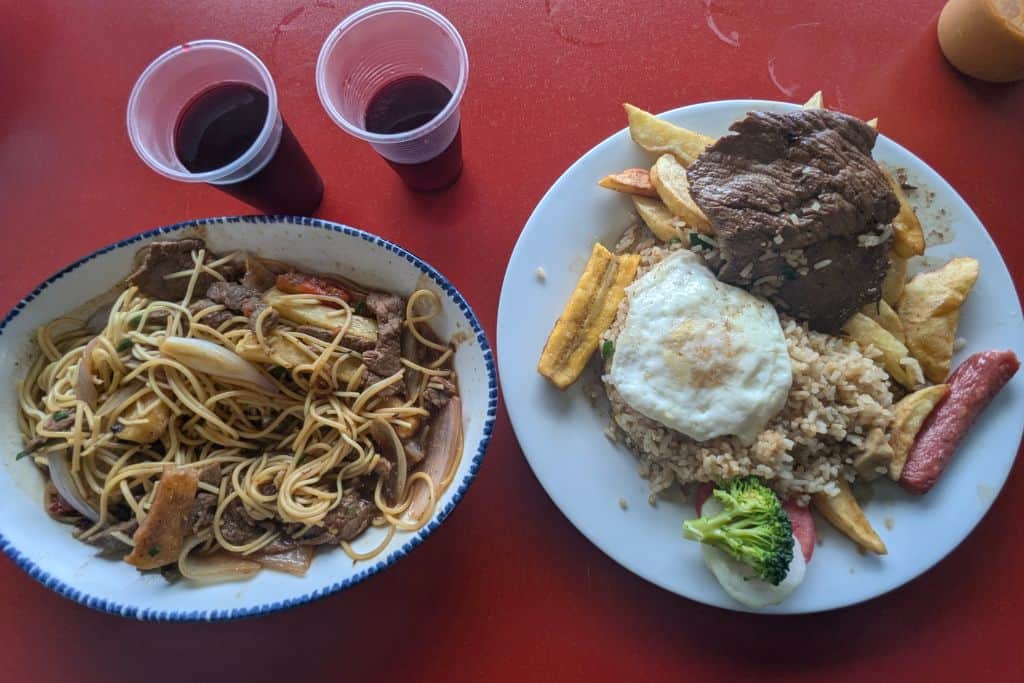
Staying In Ttio: Experiencing An Everyday Cusco Life
We stayed in a shared Airbnb in Ttio, a quiet, local neighbourhood outside the historic center. The apartment had everything we needed – reliable Wi-Fi, a full kitchen for cooking, and a gym just a few minutes away where we trained for our upcoming Inca Trail hike to Machu Picchu.
What stood out to me most about Ttio was how normal it felt. When you think of Cusco, you probably picture narrow cobblestone streets, colonial buildings, and stone walls from Inca times. And while that image is true, it’s really just a small fraction of what Cusco is. Beyond the center, Cusco looks and feels like any other Peruvian city – modern buildings, small businesses, street vendors, and people going about their day. It’s the side of Cusco that most travelers don’t see, but one that makes the city feel real and lived-in.
Experiencing The Inti Raymi – Festival Of The Sun
Every year on June 24th, Cusco bursts into color for Inti Raymi, the Festival of the Sun. It’s a celebration that dates back to Inca times, honoring Inti, the Sun God, during the winter solstice – the shortest day of the year and a symbol of new beginnings.
The modern-day festival is a stunning reenactment of the ancient ceremony, with processions starting at Qorikancha (Temple of the Sun), moving through Plaza de Armas, and ending at Sacsayhuamán. Hundreds of performers dressed in elaborate costumes recreate the rituals, dances, and offerings once made to the Sun for a prosperous year ahead.
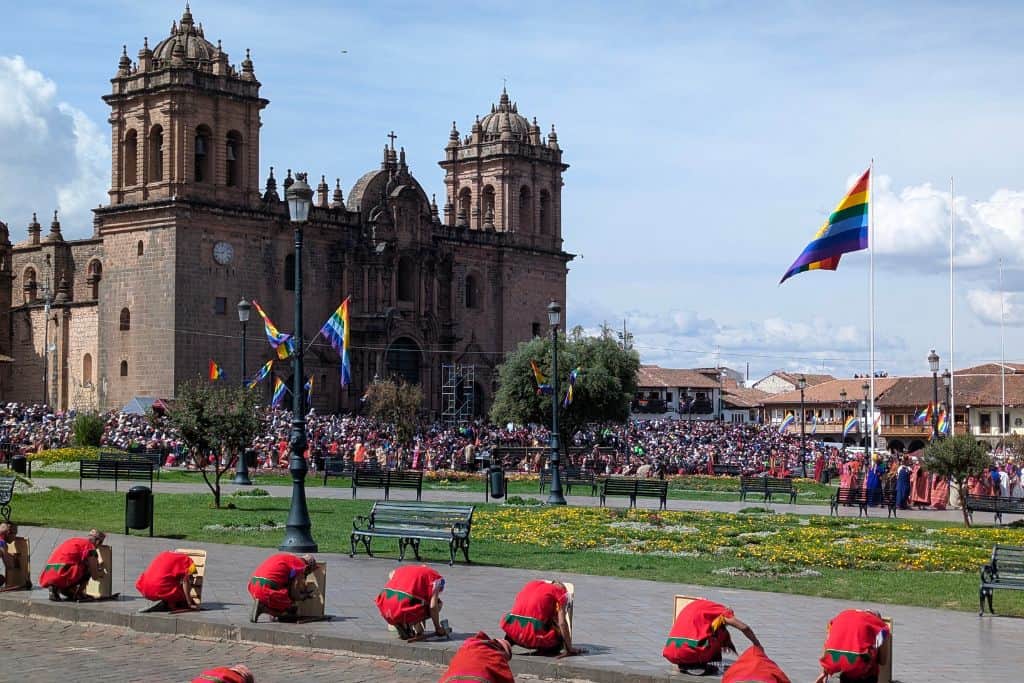
We arrived in Cusco a week before Inti Raymi, and the energy was impossible to miss – drums echoing through the streets, people rehearsing traditional dances, and bursts of color filling every plaza. The energy stays alive the whole month with celebrations happening every day leading up to the Inti Raymi!
Navigating And Getting Around Like A Local
Now that we were here, and living slightly outside the center, we wanted to find a way to commute. Taxis and ride sharing apps like inDrive and Uber are amazing but we wanted to explore like a local and save money.
Cusco has a great public transport system. With local buses, you can reach the towns like Tipon and Urcos outside of the city. It is an experience in itself – colorful buses, fast-paced, and wonderfully chaotic. We quickly learned the main bus routes from Ttio to the center were:
- Floride de Ttio (green bus)
- C4M (red bus)
- Santiago (blue bus)
These became part of our daily routine. Conductors call out stops loudly, and when it’s your turn to get off, you just shout “¡Baja!” It’s simple once you get used to it, and much cheaper than taxis. We paid 1 soles per person per ride.
One of our memorable rides was going to Sacsayhuamán, an impressive Inca site overlooking Cusco. We hopped on a local bus called Señor del Huerto from Mercado de Ttio, and it dropped us close to the entrance of Sacsayhuamán.
Planning Visits And Buying The General Tourist Pass
Cusco is surrounded by so much history that it’s impossible to see everything in a few days – even a month doesn’t feel enough. The Boleto Turístico del Cusco (tourist pass) gives you access to 16 archaeological sites and museums to be explored within 10 days. It’s worth it if you plan to explore beyond the city center. The trick is grouping the sites that are close together and visiting them on the same day.
We split our visits across two weekends, keeping some activities on the evenings of weekdays as well.
Inca Sites Around Cusco
Our first set of ruins were the ones closest to the city – Sacsayhuamán, Q’enqo, Puka Pukara, and Tambomachay. You can reach them easily by local bus or taxi. We took the Señor del Huerto bus, then walked the rest of the way up to Sacsayhuamán and Q’enqo.
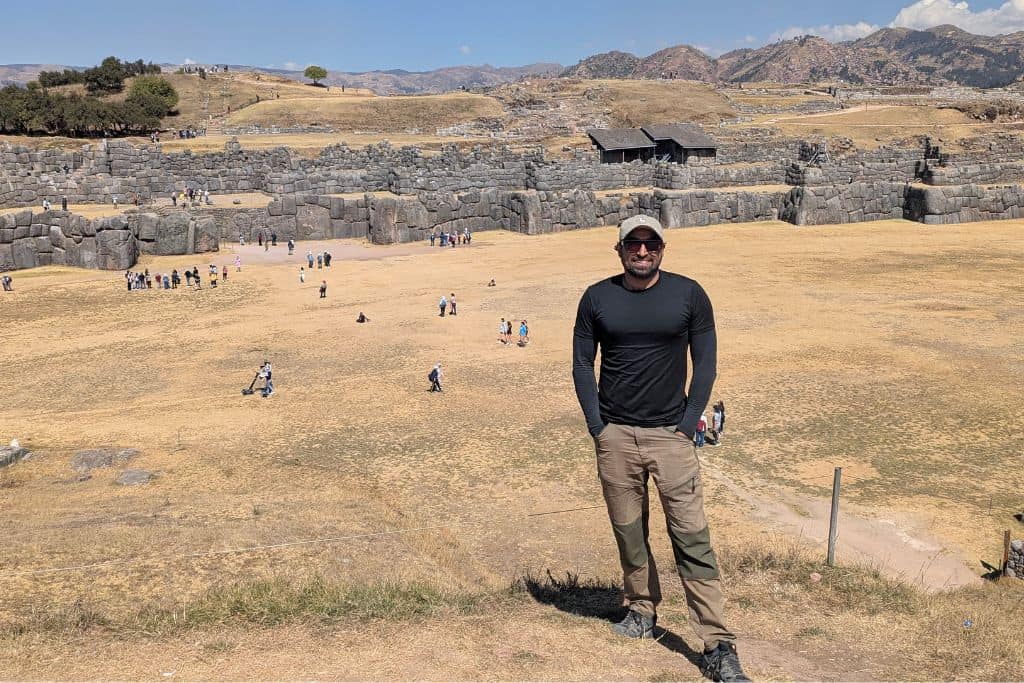
- Sacsayhuamán was the one that truly made us pause. Massive stone walls, some blocks weighing over 100 tons, fitted together so perfectly you can’t slip a sheet of paper through the cracks. It overlooks the entire city of Cusco – a view that makes you realize just how high and ancient this place really is.
- Q’enqo was very small – a few rocks and ceremonial chambers where the Incas once performed rituals.
- Puka Pukara and Tambomachay – we could not go there as we were super tired but I have heard they are also worth visiting if you have time and energy. You can take a taxi from Sacsayhuamán to reach there.
The Sacred Valley Highlights
With the tourist pass, we also explored the Sacred Valley, which deserves its own time. From Cusco, you can do it by tour or local buses if you want more flexibility. We took a day trip with Machu Picchu reservations for only $23 USD per person. In that tour we went to Chinchero, Moray, Maras salt mines, Ollantaytambo, and Pisac.
Chinchero stood out for its weaving community. Local women demonstrated traditional dyeing and weaving techniques using natural colors serving a hot cup of muña tea. You will find 100% true alpaca and baby alpaca products to buy at a good price.
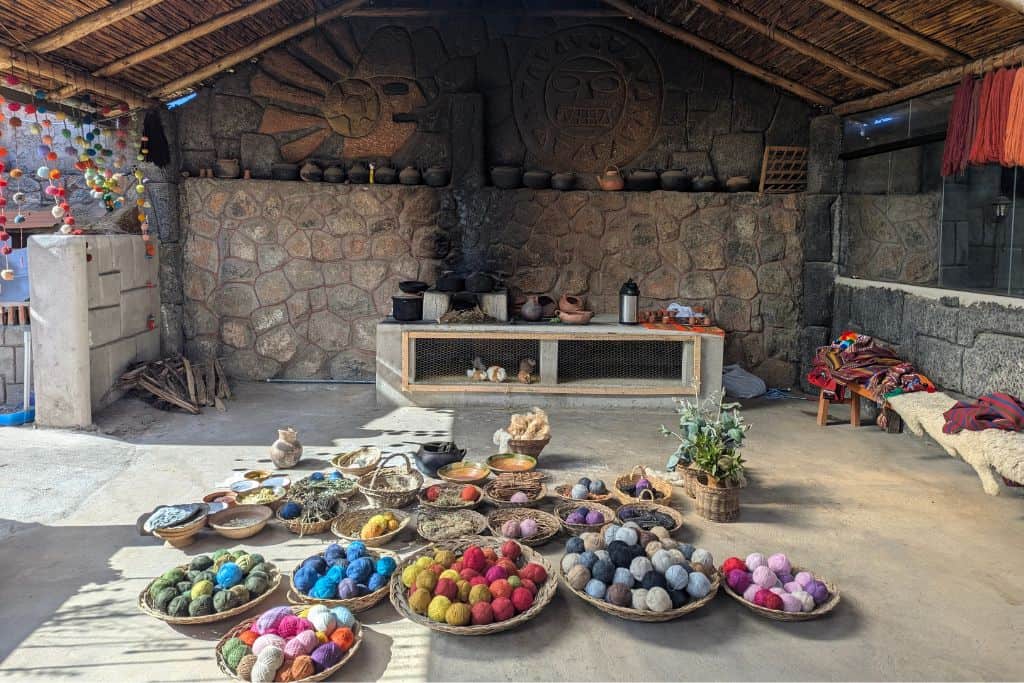
Moray and Maras – Moray is the picturesque circular ruins whereas Maras has great salt mines to see. You can also purchase salt products there.
The entrance to see the Maras Salt Mines is NOT included in the tourist ticket. That is an extra 20 soles per person that you will pay upon arrival in cash.
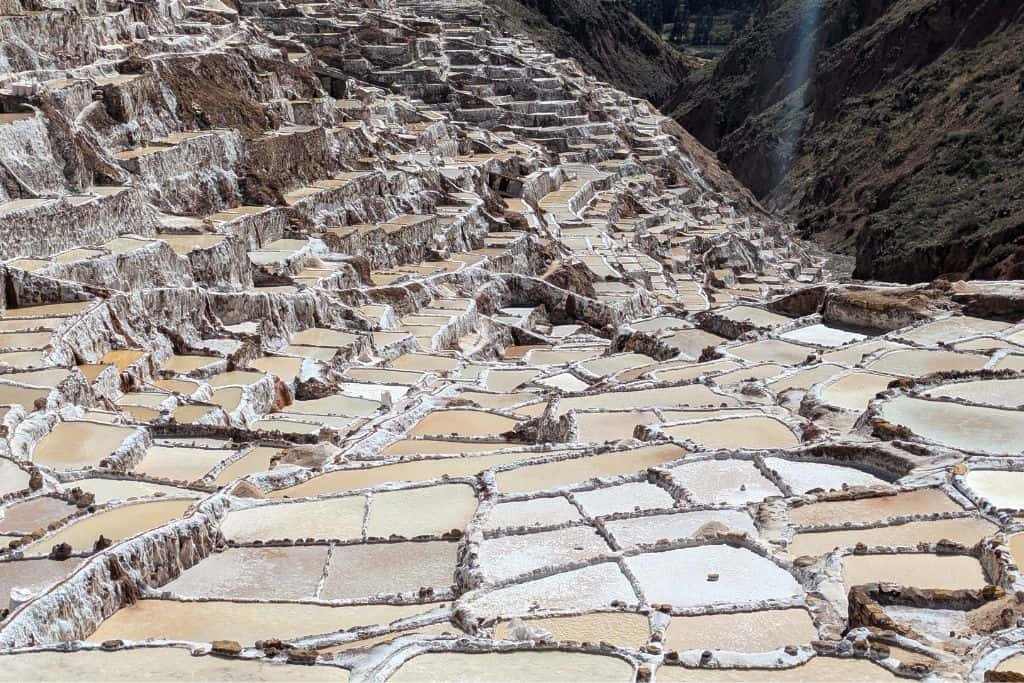
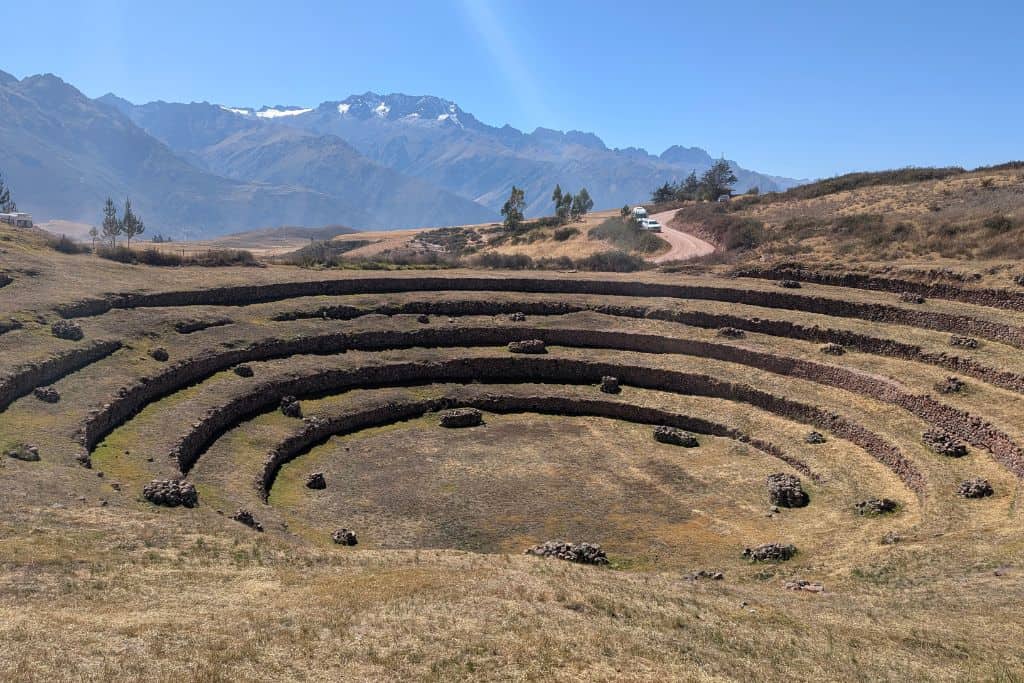
Ollantaytambo was another favorite. Walking through the village feels like stepping back in time – narrow stone lanes, running water channels, and ruins right above the town. It’s also the starting point for the Inca Trail, so it felt special knowing this was where we’d begin our trek to Machu Picchu. We loved Ollantaytambo so much that we came back again to stay there for two weeks!
Pisac was our last stop – the Sunday market there is famous (which we did not see), but the ruins above the town are even more impressive, spread across the mountain with terraces, temples, and a breathtaking view of the valley below. Unfortunately, we did not get enough time to explore the ruins in Pisac. However, what we saw was absolutely beautiful!
Visiting Tipón
One weekend, we took a break from the usual ruins and headed to Tipón, one of the most underrated archaeological sites near Cusco. We went with a local friend, which made the day feel even more special. Getting there was simple – we caught a colectivo from Avenida de la Cultura toward Urcos and got off near the entrance to the site. From the main road, it’s a short uphill ride (or a half-hour walk if you’re up for it).
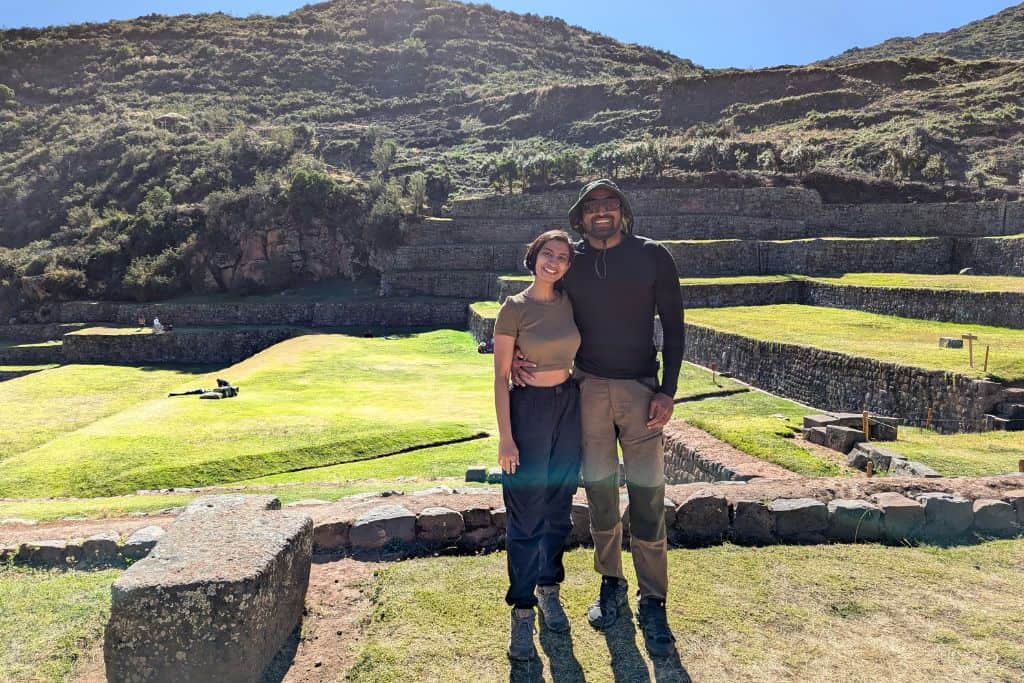
The site itself is quiet and beautifully preserved, with intricate stone terraces and a sophisticated water system that still works perfectly after centuries. It’s easy to see why Tipón is often called the “temple of water.” We spent a few hours wandering around, sitting by the trickling canals, and even had a small picnic overlooking the valley. It’s the kind of place where you can slow down, breathe, and appreciate the genius of Inca engineering without the crowds.
If you are driving and have time, you can visit Pikillaqta ruins too, also covered on the general tourist ticket.
Exploring Inside the Cusco City
Apart form the archeological sites, there is so much to explore in the city itself.
The museums covered on the general tourist ticket are Museum of Contemporary Art, Regional Historical Museum, Museum of Popular Art, and Qoricancha Site Museum. We absolutely loved and would recommend Regional Historical Museum and Qoricancha Site Museum. The rest are small so if you have time, you can check those out too!
We highly recommend checking out Qosqo Center for Native Art. They have folkloric music and dance everyday in the evening for 1 hour. Its a great way to learn a little about the culture.
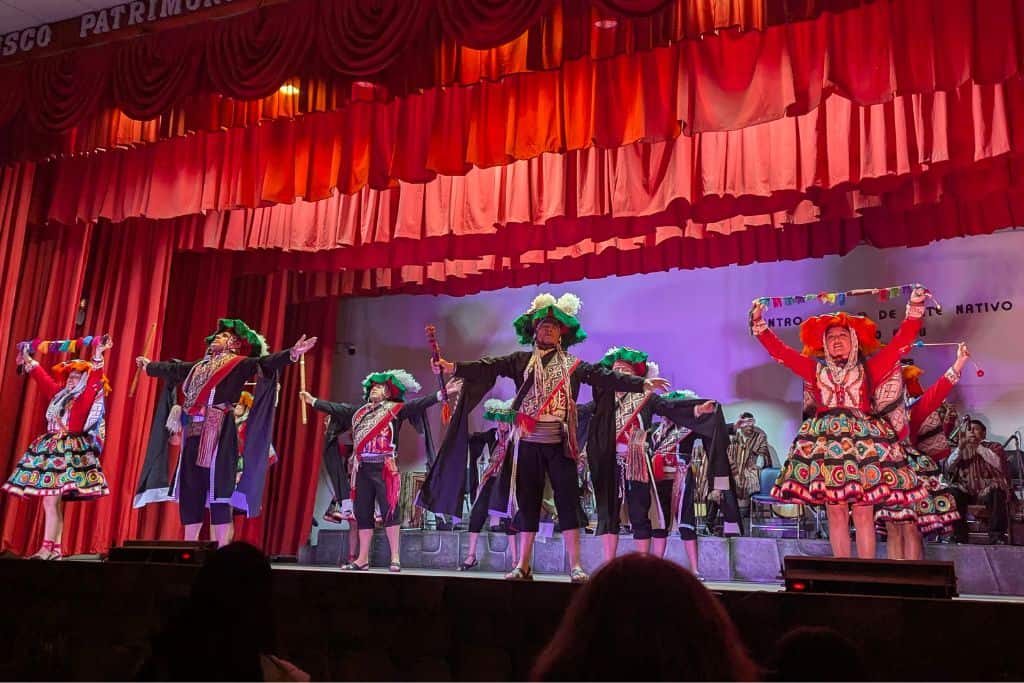
Monument Inca Pachacuteq – The Monumento Inca Pachacútec stands proudly on Avenida del Sol – a tall stone tower topped with a bronze statue of the great Inca ruler himself. Inside, you can climb several floors of exhibits about Inca history and Pachacútec’s legacy before reaching the top for a panoramic view of Cusco. It’s not as grand as the ruins, but it’s a nice stop if you’re exploring within the city and want to see Cusco from a different angle.
Managing Altitude Sickness
Managing altitude in Cusco and the Andes takes patience and kindness toward yourself. The first couple of days are all about slowing down and letting your body catch up with the elevation. Sip plenty of water, rest often, and skip the alcohol for now – it really makes a difference.
Locals swear by coca tea for an energy lift and better oxygen absorption in your body, while muña tea has a gentle, minty flavor that helps with digestion and headaches. You’ll also find coca candies everywhere – perfect for keeping in your pocket when exploring the city.
If you’re feeling extra cautious, Diamox can be started two days before your trip, or you can find Sorojchi pills easily at local pharmacies once you’re here (please consult your doctor before taking these pills). In case you feel very sick, most hotels also keep oxygen on hand if you need it. Headaches are normal; a light painkiller can help, but really, the best remedy is rest and patience.
If after a couple of days you still don’t feel quite right, don’t push yourself – your body is just asking for a gentler pace. One great option is to move to Ollantaytambo in the Sacred Valley, which sits at a lower altitude. It’s peaceful, green, and surrounded by mountains, making it a perfect place to continue acclimating while still soaking in the magic of the Andes.
Wrapping Up Our Time In Cusco
Our time in Cusco was a blend of work, daily routine, and slow exploration – living in a local neighborhood, training for the Inca Trail, and finding our place in the city’s flow. It wasn’t about marking all the checkboxes for attractions, but about feeling part of the place, and learning what Cusco is beyond the cobblestone streets.
When it was finally time to move on, we packed our bags and continued our journey south – from Cusco to Arequipa and the rest of Peru, this time traveling with Peru Hop.
This post includes affiliate links, which means that if you make a purchase or booking through them, we may receive a small commission. It doesn’t cost you anything extra, but it helps us keep the blog going. We only recommend products or services that we fully trust.
Read More About Peru
READY TO TRAVEL LIKE A LOCAL?
Book a free 30-minute consulting call with us and let’s start planning your next unforgettable adventure!

